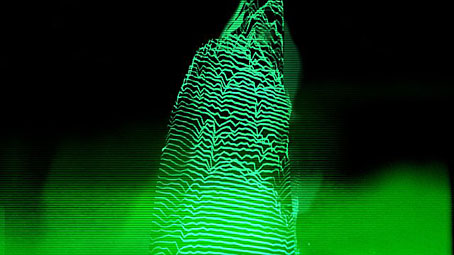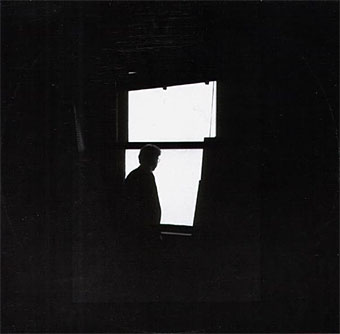Design, as before, by Julian House.
The trees full of new leaves
offering green tears to the earth
to be picked and split
for the tell of green of
what’s fair and unfair
and between the twigs, cassette tape drapes
his silent songs let melody
loose in layers of heartache
The trees are indeed full of new leaves just now. The lyrics for I Want To Be Fine, one of the songs on Spell Blanket, twine into a different shape the words which had earlier appeared as half of Royal Chant on the Broadcast and Focus Group album, Witch Cults Of The Radio Age. Spell Blanket has been a delightful surprise, or a pair of surprises, the first being the CD packaging which emulates the facsimile vinyl sleeves that the Japanese love so much. If people are going to keep releasing CDs then this is the way to go. As for the music, demos are seldom very promising material, the kinds of things that appear as bonus tracks on reissued discs. I’d have bought this one anyway but didn’t expect it was going to be so good or sound so finished in comparison to the demos offered by Stereolab, for example, on their recent album reissues. James Cargill apparently took his time preparing the material for Spell Blanket and its companion collection, the yet to be released Distant Call. His care shows in the sequencing which balances very short sketches with longer compositions to create a collection that feels closer to a proper album than I expected. The general tone is light and unavoidably poignant when you know that these are among the last songs we’ll hear from Trish Keenan. Will Salmon reviewed the album for The Quietus.
Previously on { feuilleton }
• Through The Gates Of Yesterday





